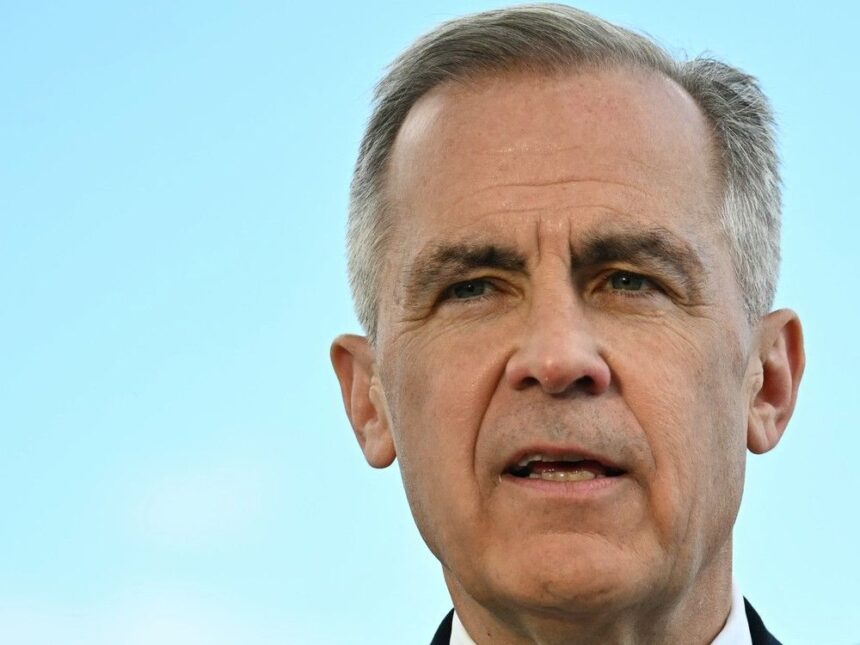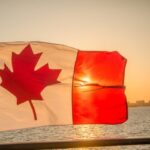In a ceremony steeped in tradition yet charged with anticipation, Prime Minister Mark Carney revealed his cabinet selections at Rideau Hall today, marking the official commencement of Canada’s new Liberal government. The carefully curated team reflects Carney’s economic expertise and signals clear priorities as his administration takes the helm during challenging economic times.
“This cabinet represents the diversity and strength of our great nation,” Carney declared as he stood before the newly sworn-in ministers. “We face significant challenges—from housing affordability to international instability—but I am confident this team possesses the experience and vision to deliver meaningful results for Canadians.”
The cabinet composition notably balances political veterans with fresh faces, while maintaining regional representation across provinces. Carney, the former Bank of Canada and Bank of England governor, has predictably emphasized economic portfolios, appointing Chrystia Freeland to continue as Finance Minister, a move analysts suggest provides crucial continuity amid ongoing inflation concerns.
Several appointments reflect the government’s stated priorities, including a bolstered Housing and Infrastructure ministry under Sean Fraser, who has been tasked with accelerating the national housing strategy. “The housing crisis demands immediate, decisive action,” Fraser stated after the ceremony. “We have concrete plans to increase supply and improve affordability for millions of Canadians struggling to find adequate housing.”
The cabinet also features strengthened Indigenous representation, with three Indigenous ministers appointed to key portfolios including Indigenous Services and Crown-Indigenous Relations. This signals Carney’s commitment to advancing reconciliation efforts while addressing persistent inequalities facing First Nations, Métis, and Inuit communities.
Perhaps most telling are the newly created ministerial positions focusing on economic modernization and climate resilience—two areas Carney repeatedly emphasized during his campaign. The new Minister of Economic Innovation and Technology, Navdeep Bains, will oversee Canada’s transition toward sustainable industries and digital transformation, while Environment Minister Steven Guilbeault retains his position with an expanded mandate.
Opposition parties have reacted with predictable skepticism. Conservative leader Pierre Poilievre questioned whether the cabinet’s composition truly represents a departure from previous Liberal governments. “New faces, same failed policies,” Poilievre remarked during a press conference. “Canadians wanted change, not a recycled economic approach with different spokespeople.”
The NDP, meanwhile, has expressed cautious optimism about the cabinet’s socioeconomic priorities but remains concerned about implementation. “We see promising signals in these appointments,” said NDP Leader Jagmeet Singh, “but Canadians need action, not just well-crafted ministerial mandates.”
Regional considerations appear to have influenced Carney’s selections, with strong representation from vote-rich Ontario and Quebec, alongside strategic appointments from Atlantic Canada and Western provinces. Political analysts note this balancing act aims to maintain the coalition of voters that delivered Carney his parliamentary majority.
International affairs expertise features prominently in the cabinet, with Mélanie Joly continuing as Foreign Affairs Minister amid ongoing global conflicts and trade tensions. This appointment underscores Carney’s intention to maintain Canada’s active role on the international stage while navigating complex relationships with the United States, China, and European partners.
Economic experts have largely praised the economic team’s credentials but note significant challenges ahead. “This cabinet has impressive qualifications on paper,” noted Dominic Barton, former head of McKinsey & Company. “The question is whether they can translate economic theory into practical policies that address everyday concerns like grocery prices and mortgage payments.”
As the new ministers begin their work, Canadians await the government’s first major policy announcements and the upcoming Speech from the Throne. The cabinet’s true test will be delivering on Carney’s campaign promises while managing unexpected crises that inevitably arise during any government’s tenure.
The question now facing Canadians: Will this carefully constructed cabinet successfully translate Carney’s economic vision into tangible improvements in their daily










